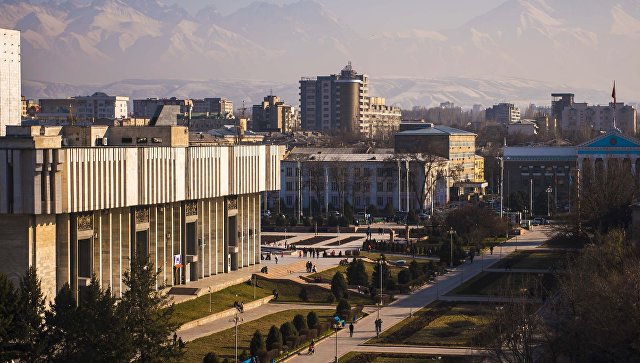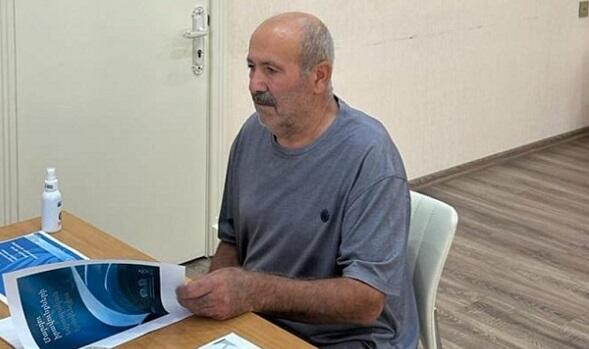NASA on Saturday launched its latest Mars lander, called InSight, designed to perch on the surface and listen for "Marsquakes" ahead of eventual human missions to explore the Red Planet.
Axar.az reports citing AFP.
"Three, two, one, liftoff!" said a NASA commentator as the unmanned spacecraft blasted off on a dark, foggy morning atop an Atlas V rocket at 4:05 am Pacific time (1105 GMT) from Vandenberg Air Force Base in California, marking NASA's first interplanetary launch from the US west coast.
The $993 million project aims to expand human knowledge of interior conditions on Mars, inform efforts to send explorers there, and reveal how rocky planets like the Earth formed billions of years ago.
"This is a big day. We are going back to Mars," said NASA administrator Jim Bridenstine after the launch.
"It is important for our country. It is also important for the world and it really establishes American leadership in a lot of ways."
About an hour and 40 minutes into the flight, the spaceship separated from the upper stage of the rocket, as planned.
"I'm on my own now," said the US space agency Twitter account, @NASAInSight.
"This marks the beginning of my six-month journey to #Mars."
If all goes well during the 301 million mile (485 million kilometer) trip, the lander should settle on the Red Planet on November 26.
InSight is short for Interior Exploration using Seismic Investigations, Geodesy and Heat Transport.
NASA chief scientist Jim Green said experts already know that Mars has quakes, avalanches and meteor strikes.
"But how quake-prone is Mars? That is fundamental information that we need to know as humans that explore Mars," Green said.
French-made seismometer
The key instrument on board is a seismometer, called the Seismic Experiment for Interior Structure, made by the French Space Agency.
After the lander settles on the Martian surface, a robotic arm is supposed to emerge and place the seismometer directly on the ground.
"For us, InSight is perhaps not the ultimate but a very, very important mission because we are going to the hear the heartbeat of Mars with the seismometer we put on board," said Jean-Yves Le Gall, president of France's Centre National d'Etudes Spatiales (CNES), in an interview on NASA television after liftoff.
The second main instrument is a self-hammering probe that will monitor heat in the planet's subsurface.
Called the Heat Flow and Physical Properties Package, it was made by the German Space Agency with the participation of the Polish Space Agency.
The probe will bore down 10 to 16 feet (three to five meters) below the surface, NASA said, 15 times deeper than any previous Mars mission.
Understanding the temperature on Mars is crucial to NASA's efforts to send people there by the 2030's, and how much a human habitat might need to be heated under frigid conditions, said Green.
The temperature at the landing site for InSight is frigid, and expected to range between -148 F and -4 F (-100 Celsius to -20 Celsius).
Daytime summer temperatures near the Martian equator may reach 70 degrees Fahrenheit (20 degrees C), but then plunge by night to -100 F (-73 C).
"It is an important part of knowledge of how this planet is evolving," Green said.
"We have to be able as humans living and working on Mars to survive that."
A pair of mini-spacecraft also deployed successfully from the rocket.
Known as Mars Cube One, or MarCO, the briefcase-sized satellites "will fly on their own path to Mars behind InSight," and test tiny new deep space communications equipment, NASA said.
Two Earth years
The solar and battery-powered lander is designed to operate for 26 Earth months, or one year on Mars, a period in which it is expected to pick up as many as 100 quakes.
"Hopefully it will last a lot longer than that," said Tom Hoffman, InSight project manager from NASA's Jet Propulsion Laboratory.
The spacecraft was initially supposed to launch in 2016 but was delayed after temperature tests showed a problem with part of the seismometer, which engineers have since fixed.
InSight aims to be the first NASA spacecraft to land on Mars since the Curiosity rover in 2012.
"There is nothing routine about going to Mars, especially landing on Mars," said Stu Spath, InSight program manager at Lockheed Martin Space.




















































